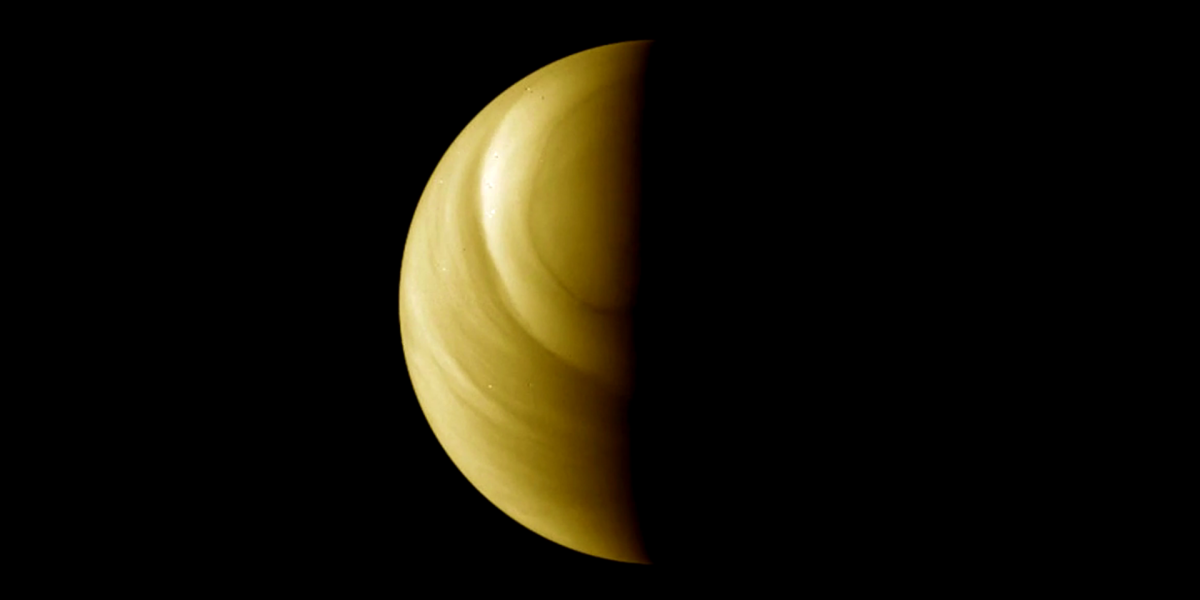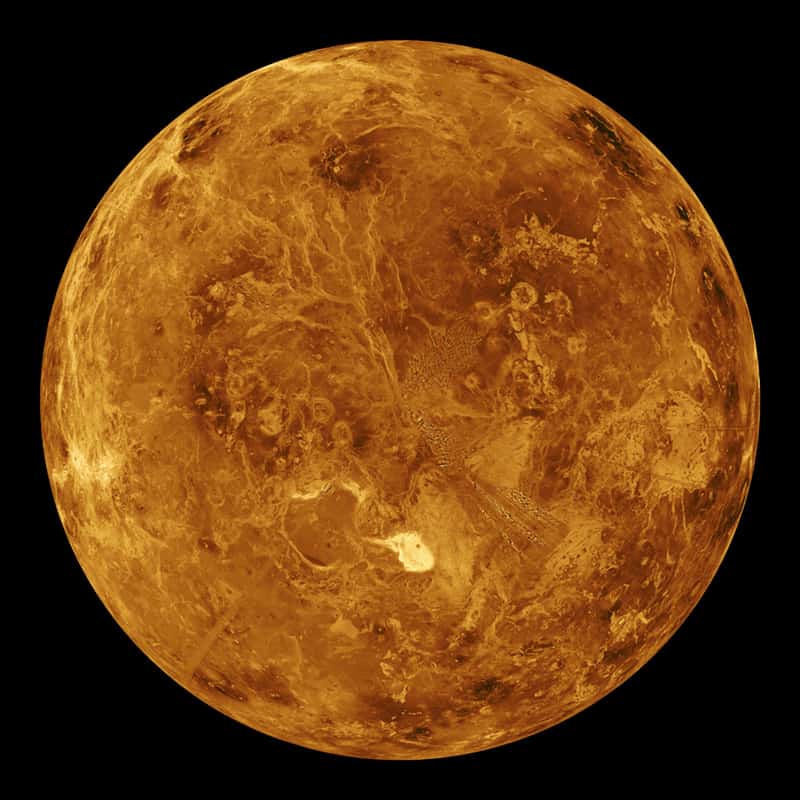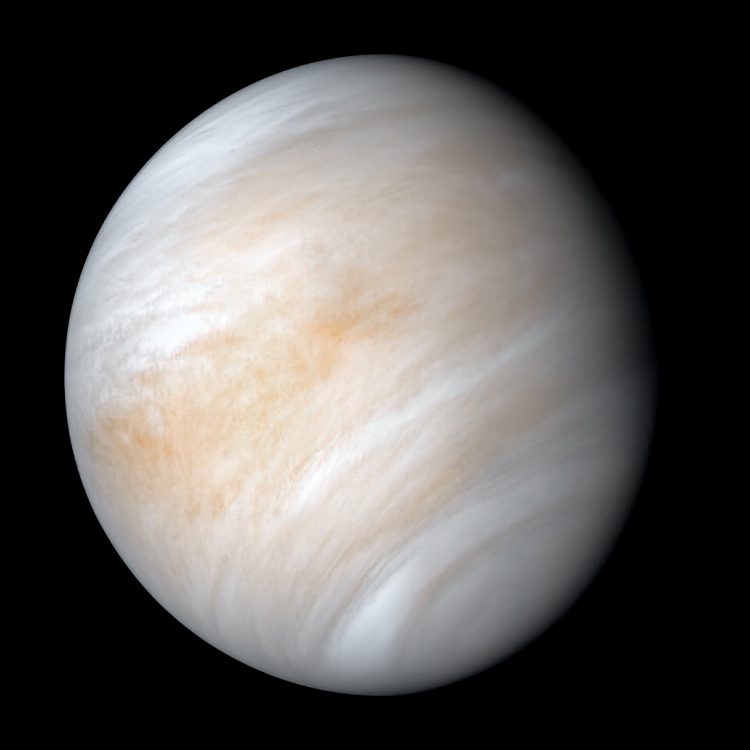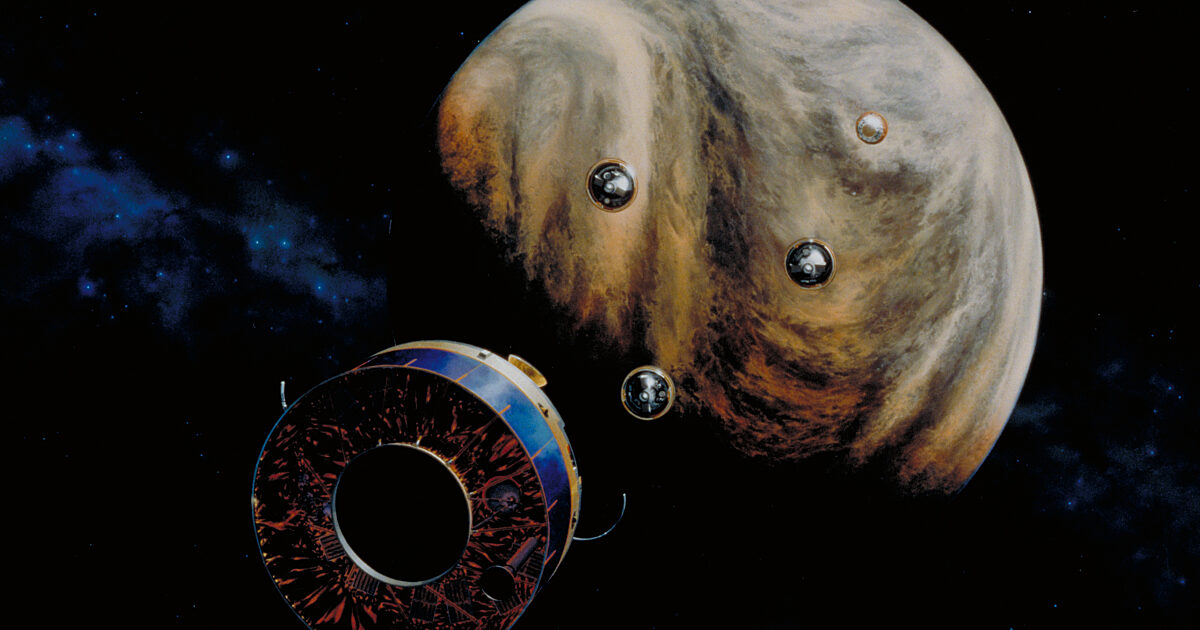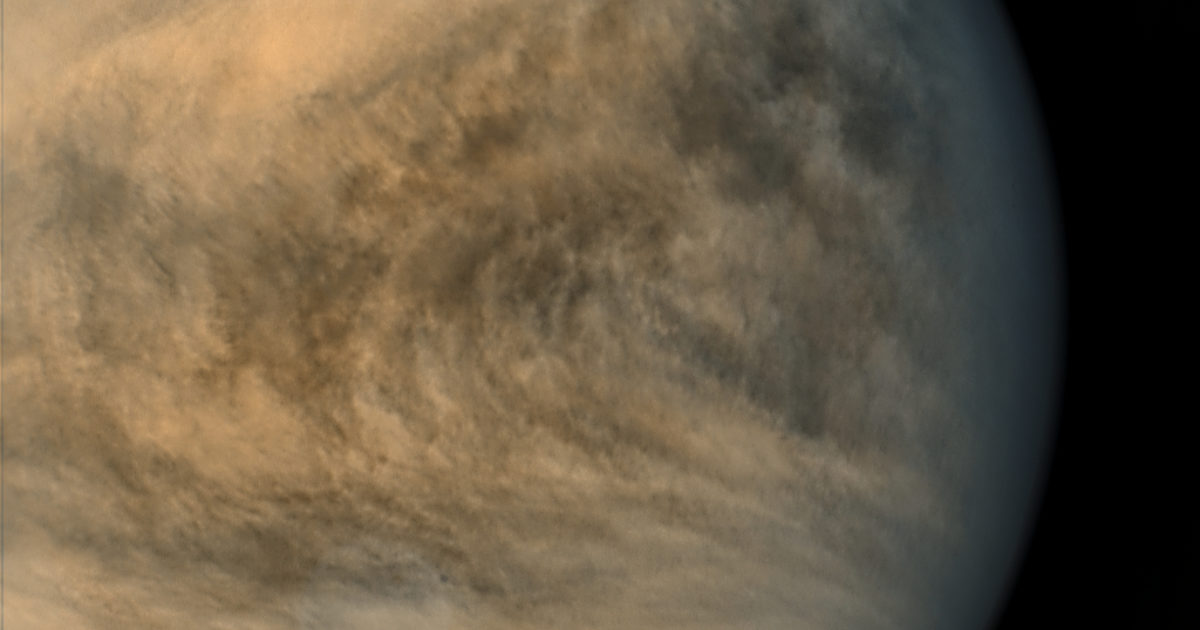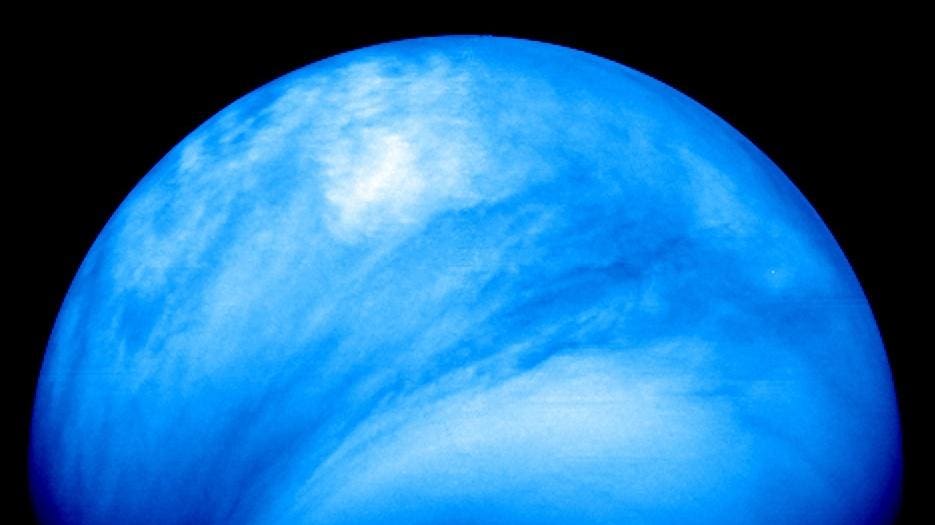Paper is fully peer reviewed. This data is kind of its own thing as it’s the only in situ data in this whole debate.
Venus’ Mass Spectra Show Signs of Disequilibria in the Middle Clouds
Abstract
We present a reexamination of mass spectral data obtained from the Pioneer Venus Large Probe Neutral Mass Spectrometer. Our interpretations of differing trace chemical species are suggestive of redox disequilibria in Venus’ middle clouds. Assignments to the data (at 51.3 km) include phosphine, hydrogen sulfide, nitrous acid, nitric acid, carbon monoxide, hydrochloric acid, hydrogen cyanide, ethane, and potentially ammonia, chlorous acid, and several tentative PxOyspecies. All parent ions were predicated upon assignment of corresponding fragmentation products, isotopologues, and atomic species. The data reveal parent ions at varying oxidation states, implying the presence of reducing power in the clouds, and illuminating the potential for chemistries yet to be discovered. When considering the hypothetical habitability of Venus’ clouds, the assignments reveal a potential signature of anaerobic phosphorus metabolism (phosphine), an electron donor for anoxygenic photosynthesis (nitrite), and major constituents of the nitrogen cycle (nitrate, nitrite, ammonia, and N2).
Plain Language Summary
We reexamined archived data obtained by the Pioneer Venus Large Probe Neutral Mass Spectrometer. Our results reveal the presence of several minor chemical species in Venus’ clouds including phosphine, hydrogen sulfide, nitrous acid (nitrite), nitric acid (nitrate), hydrogen cyanide, and possibly ammonia. The presence of these chemicals suggest that Venus’ clouds are not at equilibrium; thereby, illuminating the potential for chemistries yet to be discovered. Further, when considering the potential habitability of Venus’ clouds, our work reveals a potential signature of anaerobic phosphorus metabolism (phosphine), along with key chemical contributors towards anoxygenic photosynthesis (nitrite) and the terrestrial nitrogen cycle (nitrate, nitrite, possibly ammonia, and N2).

agupubs.onlinelibrary.wiley.com
The data come from NASA’s Pioneer Venus Multiprobe mission, which deployed a series of probes into the planet’s clouds.

www.planetary.org
arxiv.org

